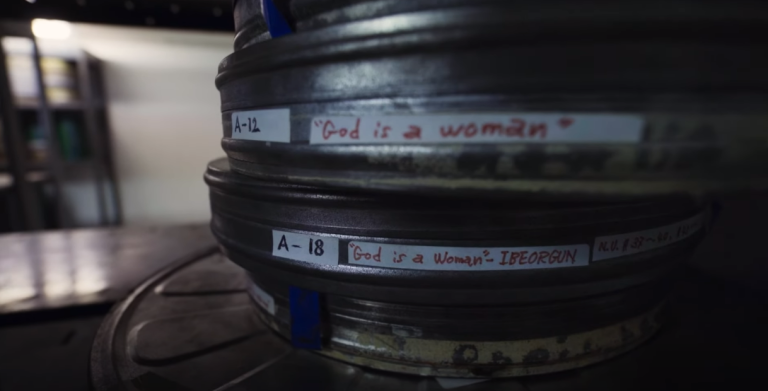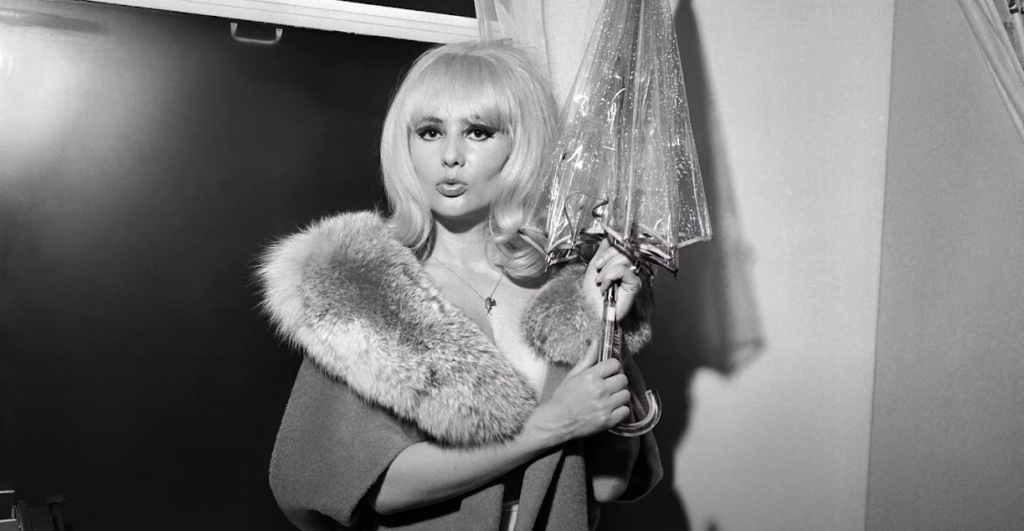
In “Carol Doda Topless at the Condor,” filmmakers Marlo McKenzie and Jonathan Parker delve into the life of San Francisco icon Carol Doda, known for her impact on nightclubs and adult entertainment. Using archival footage and interviews, including insights from Doda’s peers and experts, the documentary paints a vivid picture of her multifaceted persona. Inspired by Benita Mattioli’s book, the film offers a concise yet thorough exploration of Doda’s role in cultural shifts. Beyond her public image, Doda emerges as a complex figure—a driven performer with a sharp wit and a hidden inner life.
While “Carol Doda Topless at the Condor” primarily follows Doda’s journey from her early days dancing topless at the Condor to her later years, the filmmakers use her life as a lens to explore broader cultural changes in America. Similar to Sara Driver’s “Boom for Real: The Late Teenage Years of Jean-Michel Basquiat,” which delves into Basquiat’s youth to depict the artistic and social scene of downtown New York City, this documentary delves into the nightclub culture of San Francisco’s North Beach neighborhood. Just as Basquiat represented a moment in history, Doda becomes a focal point for understanding shifts in society and nightlife.

Doda’s distinct appearance, with her bold makeup, platinum hair, and white leotard, made her stand out among the other waitresses in the neighborhood. She initially began her career innocently, dancing on the Condor’s piano. Eventually, the club owner modified the piano to lower it from the ceiling with Doda on top. With the introduction of the monokini swimsuit by designer Rudi Gernreich, a clever press agent suggested that Doda incorporate it into her act. This move in 1964 marked Doda as the first topless female dancer in the United States.
The film provides context through interviews with other dancers and cultural sociologist Sarah Thornton. Thornton notes that swimsuits have a significant role in the history of female liberation. Following Doda’s groundbreaking act, which inspired other topless performances like topless shoeshine girls, the film explores the legal challenges faced by performers and club owners in obscenity trials that followed.
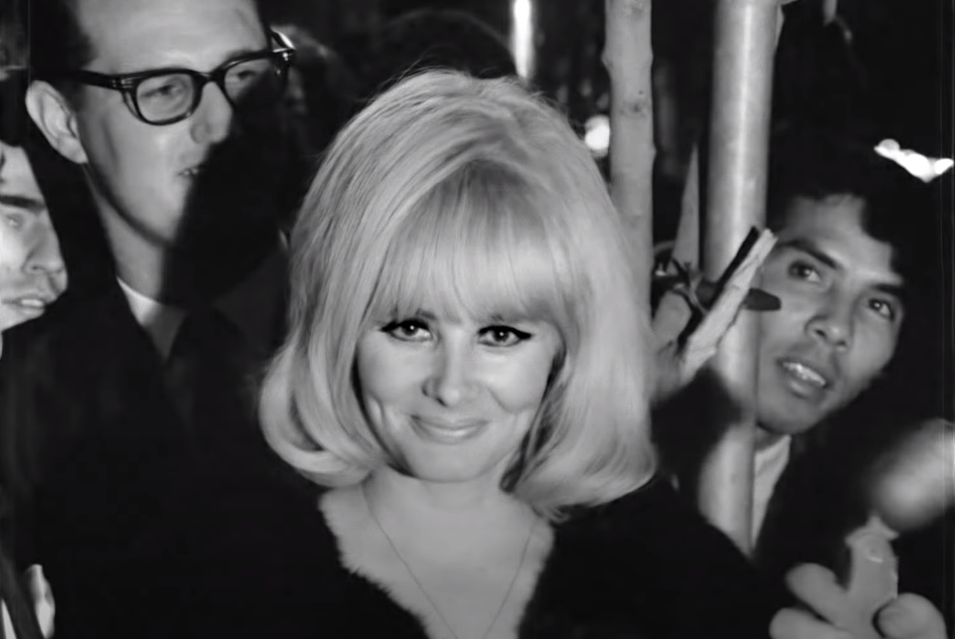
Since these artists broke new ground, they felt pressure to continually push boundaries. Through archival and new interviews, the documentary explores their pioneering use of injectable silicone to enhance their breasts. Doda herself underwent a dramatic transformation, going from a B cup to a 44 DD, humorously dubbed as “two of the City’s most famous landmarks.” What’s notable about this part is that it not only delves into the history of breast augmentation and its early harmful effects but also allows the women to share their perspectives on their choices. “I give them a fantasy, people need that,” Doda says in one interview.
The footage skillfully addresses the complexities of viewing Doda and her fellow performers through a feminist lens. Doda’s career coincided with the rise of second-wave feminism, and she often faced questions about feminism’s stance on her work. In interviews, she humorously addresses these inquiries, asserting her agency and challenging traditional notions of exploitation. The film navigates these discussions through Doda’s candid interviews and insights from other dancers and scholars, examining themes of individual empowerment, collective liberation, and the impact of capitalism. It presents a balanced perspective, neither condemning nor excusing the choices of these women.
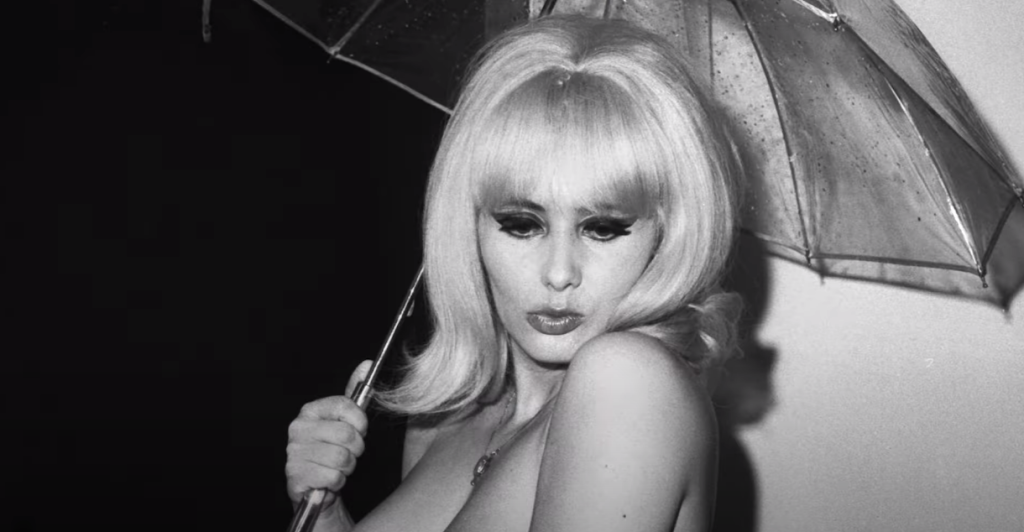
The movie also delves into labor issues through Doda’s career. Despite being the main attraction at the Condor for years, when she requested equity, she was denied. An interview with the club owner reveals his dismissive attitude towards her claim for a fair share in the business. Doda’s experience reflects the struggles of many workers whose labor is exploited by those in power.
The documentary also delves into ageism as Doda and her fellow dancers face the inevitable decline of their careers. One dancer remarks that nobody wants to see old boobs. As Doda phased out of performing, the North Beach clubs underwent significant changes, attracting a different, less upscale clientele. The vibrant scene of the sixties was replaced by a grittier atmosphere with elements of pornography and drug use. Despite these shifts, Doda adapted, transitioning to new endeavors such as a rock and roll act, phone sex operator, boutique owner, and local TV personality, maintaining her presence in the entertainment industry.
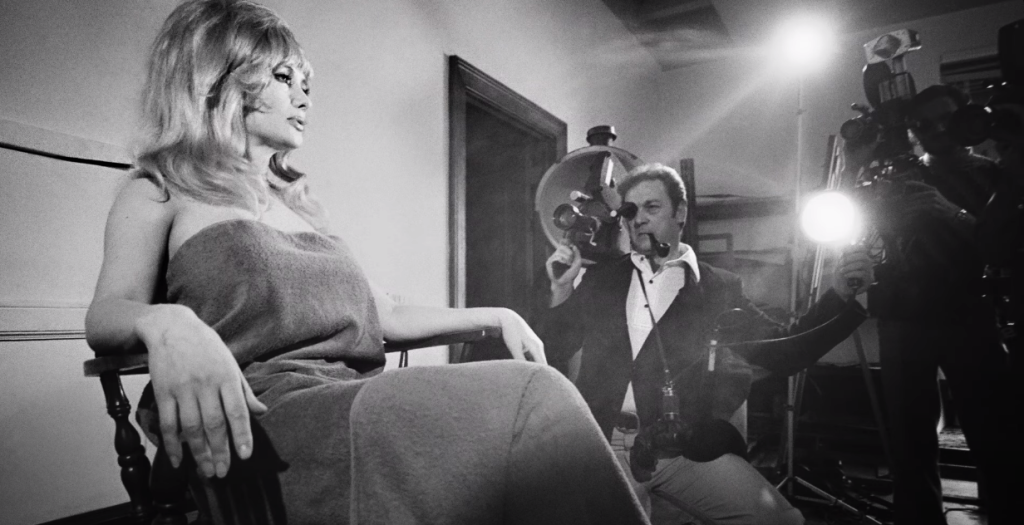
While the film ambitiously tackles various intersecting issues, its exploration of race within the North Beach nightlife scene feels somewhat disjointed. It briefly touches on contradictions, such as Black cocktail waitresses being barred from dancing while some clubs featured interracial bands. Interviews with Jimi & Judy Mamou shed light on the challenges faced by interracial couples in the 1960s, yet these segments aren’t seamlessly integrated into Doda’s narrative. Despite their tangential connection to Doda’s story, the filmmakers’ efforts to include them highlight their commitment to depicting the complexity of North Beach’s cultural landscape.
Someone tells Carol that Lena Horne said you need a cast iron belly for show business, to which Carol quips back, “You need a cast iron heart to go with it.” Despite facing personal and professional challenges, “Carol Doda Topless at the Condor” shows that Carol poured her heart into entertaining people. She lived with a freedom and passion that many of us only dream of. While she influenced attitudes towards sex and nudity in the 1960s, her legacy might still be paving the way today, especially considering current cultural shifts.

| Topic | Summary |
|---|---|
| Doda’s Impact on Nightclubs and Adult Entertainment | The documentary explores Carol Doda’s influence on the nightclub and adult entertainment industries, using archival footage and interviews to portray her multifaceted persona. |
| Cultural Shifts in America and Nightclub Culture | Doda’s life serves as a lens to examine broader cultural changes in America, particularly in the nightclub culture of San Francisco’s North Beach neighborhood. |
| Doda’s Introduction of Topless Dancing in the US | Doda’s groundbreaking act of topless dancing at the Condor in 1964 is highlighted, marking her as the first topless female dancer in the United States. |
| Exploration of Feminism and Agency | The film navigates Doda’s career through a feminist lens, addressing questions of agency and empowerment amidst the backdrop of second-wave feminism. |
| Labor Issues and Equity | Doda’s struggle for equity as the main attraction at the Condor reflects broader labor issues in the entertainment industry, showcasing the exploitation of workers by those in power. |
| Aging and Adaptation in the Entertainment Industry | The documentary examines ageism in the entertainment industry, particularly as Doda and her peers face the decline of their careers and adapt to new endeavors. |
| Race Relations in North Beach Nightlife | While exploring Doda’s story, the film briefly touches on race relations in the North Beach nightlife scene, shedding light on the challenges faced by interracial couples and workers. |
| Legacy of Freedom and Passion | Despite personal and professional challenges, Doda’s legacy is depicted as one of freedom and passion in entertaining people, potentially still influencing cultural shifts today. |


